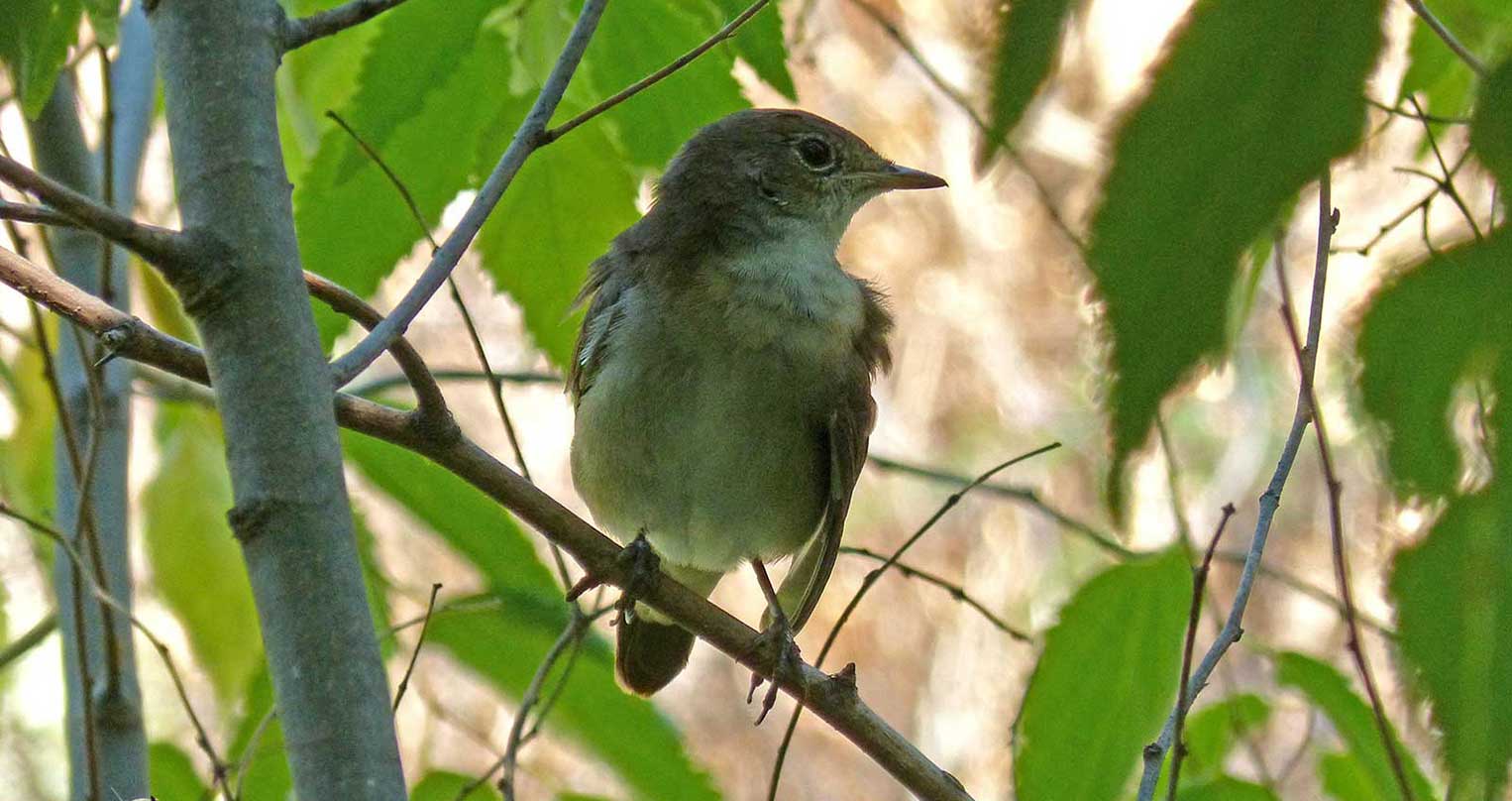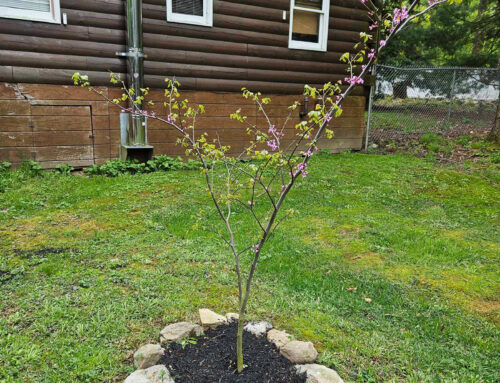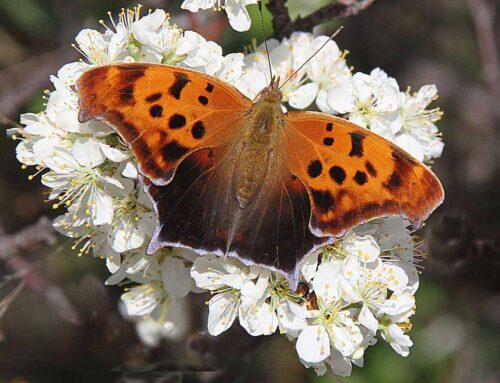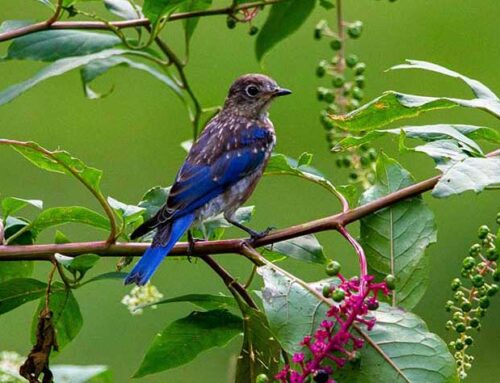Hackberry – Celtis occidentalis


A Wildlife Friendly Deciduous Tree
“Ultimately we need to recognize that while humans continue to build urban landscapes, we share these spaces with others species.“
Sustainable Landscaping With Native Plants
A hardy, urban shade tree, the hackberry (Celtis occidentalis) can easily withstand strong winds, pollution, heat, salt, and tough soils, while still adding visual interest and beauty to a landscape. This tree often flies under the radar, but its ability to attract a variety of wildlife makes it the perfect tree to help you create a diverse ecosystem in your own backyard. It is also known as the nettletree, sugarberry, beaverwood, northern hackberry, and American hackberry.
The hackberry is very beneficial for wildlife; it is one of the best trees for providing food and shelter to birds and small animals. It is host to at least five different species of butterfly, including the Tawny Emperor, the Snout Butterfly, the Morning Cloak, the Question Mark, and of course, the rare Hackberry Emperor. Its fruits are attractive to many birds (especially in the winter), including cedar waxwings, woodpeckers, mockingbirds, and robins. The leaves also provide food for many caterpillars.
The hackberry is an exceptionally hardy deciduous tree – many experts have refer to it as “one tough tree.” The hackberry can be grown in various soils and locations, and can tolerate a wide range of temperatures and growing conditions. The hackberry has also been known to be able to withstand strong winds and even air pollution and is also known for its distinctive bark surface, which has a corky texture, often having warts growing at the base, and can best be described as stucco-like. Its serrated leaves range from dull green to glossy, and have unequal bases and tapered ends. In the fall months, the leaves will turn into a bland yellowish color before falling off.
The hackberry produces small, pea-sized berries that change from light orange to dark purple in color when ripe in early fall. The hackberry is a great tree to attract birds and other animals who love to feed off the fruits both in the tree and on the forest floor. Once they’re established, the low-maintenance hackberry trees will require very little care beyond occasional pruning. Aim to prune them in the late winter while they’re dormant.
Lincoln Landscaping Inc of Franklin Lakes
“creating eco-systems”
Lincoln Landscaping “The Natural Choice”
Mike Kolenut President & CEO
https://lincolnlandscapinginc.com
(201) 848-9699



![Asterocampa celtis, the hackberry emperor, is a North American butterfly that belongs to the brushfooted butterfly family, Nymphalidae.[2] It gets its name from the hackberry tree (Celtis occidentalis and others in the genus Celtis) upon which it lays its eggs. The hackberry tree is the only host plant for A. celtis and is the food source for larvae. Asterocampa celtis, the hackberry emperor, is a North American butterfly that belongs to the brushfooted butterfly family, Nymphalidae.[2] It gets its name from the hackberry tree (Celtis occidentalis and others in the genus Celtis) upon which it lays its eggs. The hackberry tree is the only host plant for A. celtis and is the food source for larvae.](https://lincolnlandscapinginc.com/wp-content/uploads/2022/05/Hackberry-Emperor.jpg)






